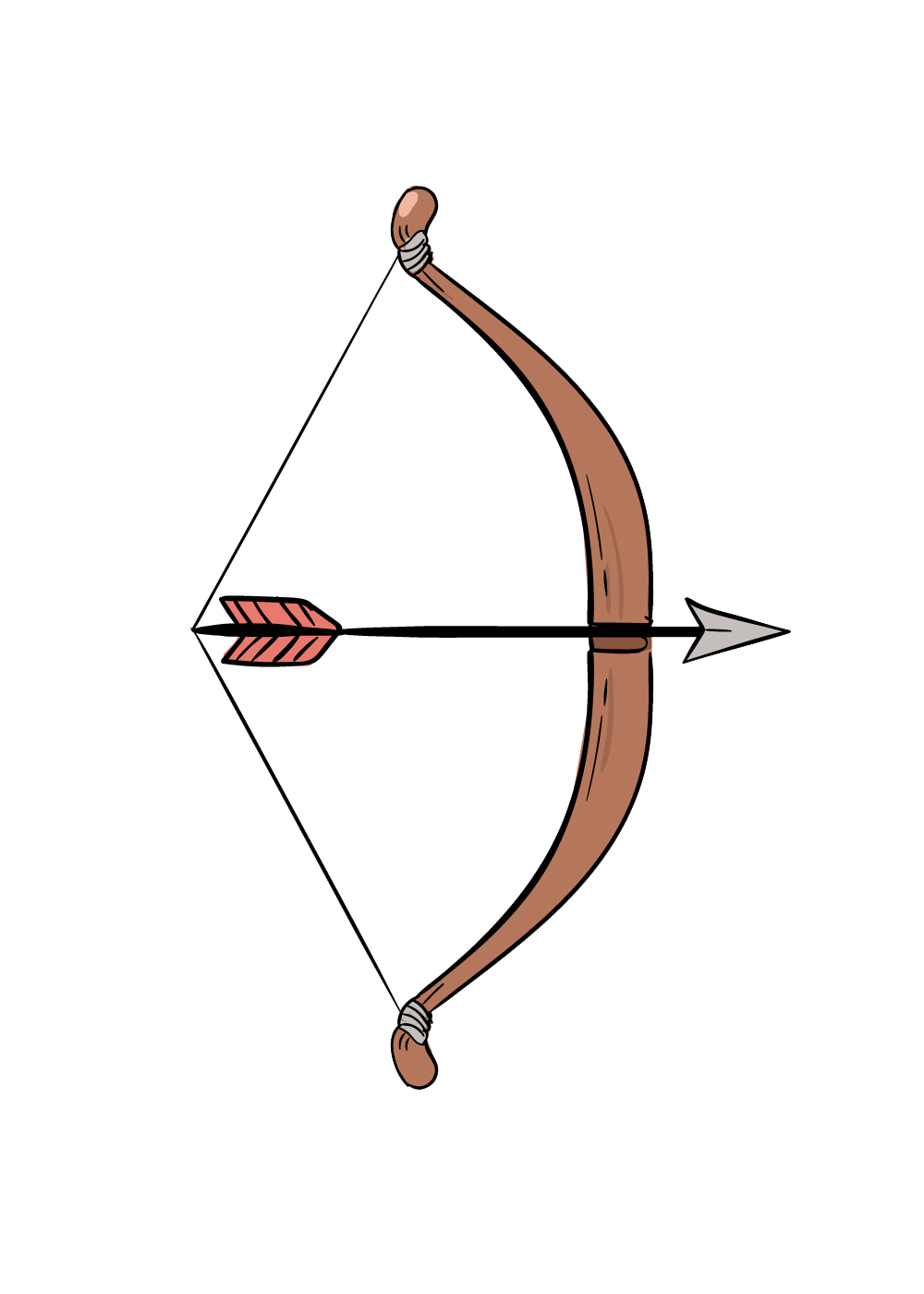-
Table of Contents
Showcasing Student Work and Progress: Unleash the Power of Digital Portfolios.
Digital portfolios are a modern approach to showcasing student work and progress. In today’s digital age, traditional paper-based portfolios are being replaced by online platforms that allow students to curate and present their work in a more interactive and dynamic manner. These digital portfolios provide a comprehensive view of a student’s achievements, growth, and skills, allowing them to demonstrate their learning journey to teachers, peers, and potential employers. By incorporating various forms of media such as text, images, videos, and audio, digital portfolios offer a versatile and engaging way for students to showcase their talents and accomplishments.
The Benefits of Digital Portfolios in Education
Digital Portfolios: Showcasing Student Work and Progress
In today’s digital age, technology has become an integral part of education. From online learning platforms to interactive whiteboards, schools are embracing digital tools to enhance teaching and learning. One such tool that has gained popularity in recent years is the digital portfolio. Digital portfolios provide a platform for students to showcase their work and track their progress throughout their educational journey. In this article, we will explore the benefits of digital portfolios in education.
First and foremost, digital portfolios offer a more comprehensive and dynamic way of assessing student learning. Traditionally, assessments have been limited to tests and exams, which only provide a snapshot of a student’s knowledge at a particular moment in time. Digital portfolios, on the other hand, allow students to demonstrate their understanding and skills through a variety of mediums, such as videos, presentations, and written reflections. This multi-modal approach to assessment provides a more holistic view of a student’s abilities and allows for a deeper understanding of their strengths and areas for improvement.
Furthermore, digital portfolios promote student ownership and agency in their learning. By curating and organizing their work, students take an active role in documenting their progress and achievements. This process not only fosters a sense of pride and accomplishment but also encourages students to reflect on their learning journey. Through self-reflection, students can identify their strengths and weaknesses, set goals for improvement, and develop strategies to achieve those goals. This metacognitive process is essential for developing lifelong learners who are able to take charge of their own learning.
Digital portfolios also provide a valuable tool for communication and collaboration between students, teachers, and parents. With digital portfolios, students can easily share their work with their peers, receive feedback, and engage in meaningful discussions. Teachers can provide timely and personalized feedback, guiding students towards deeper understanding and growth. Parents, too, can be actively involved in their child’s education by accessing their digital portfolio and staying informed about their progress. This open line of communication fosters a strong partnership between all stakeholders, creating a supportive learning environment.
Moreover, digital portfolios offer a platform for students to showcase their talents and achievements beyond the classroom. In today’s competitive world, it is crucial for students to develop a strong digital presence and demonstrate their skills to potential employers or higher education institutions. Digital portfolios allow students to curate a collection of their best work, highlighting their abilities and accomplishments. This not only enhances their chances of success but also boosts their confidence and self-esteem.
In conclusion, digital portfolios have numerous benefits in education. They provide a comprehensive and dynamic way of assessing student learning, promote student ownership and agency, facilitate communication and collaboration, and offer a platform for showcasing talents and achievements. As technology continues to evolve, digital portfolios will undoubtedly play an increasingly important role in education, empowering students to take control of their learning and showcasing their work and progress to the world.
How to Create an Effective Digital Portfolio for Students
Digital Portfolios: Showcasing Student Work and Progress
In today’s digital age, traditional paper portfolios are becoming a thing of the past. With the advancement of technology, educators and students are now turning to digital portfolios as a way to showcase student work and progress. Digital portfolios offer numerous benefits, such as easy accessibility, the ability to include multimedia elements, and the opportunity for students to reflect on their learning journey. In this section, we will explore how to create an effective digital portfolio for students.
First and foremost, it is important to choose the right platform for your digital portfolio. There are many options available, ranging from dedicated portfolio websites to learning management systems. Consider the needs and preferences of your students, as well as the features and functionality offered by each platform. Look for a platform that allows for customization, easy navigation, and the ability to showcase a variety of file types.
Once you have selected a platform, it is time to start building the portfolio. Begin by organizing the portfolio into sections or categories. This will help students and viewers navigate through the portfolio and find specific pieces of work. Common sections include assignments, projects, reflections, and achievements. Consider including a section for each subject or topic, as well as an overall showcase of the student’s best work.
When adding work to the portfolio, encourage students to include a variety of file types. This could include documents, presentations, images, videos, and audio recordings. By including multimedia elements, students can showcase their work in a more engaging and interactive way. Additionally, encourage students to include a brief description or reflection for each piece of work. This will provide context and insight into the student’s thought process and learning journey.
In order to create an effective digital portfolio, it is important to regularly update and maintain it. Encourage students to add new work as they complete assignments or projects. This will allow the portfolio to serve as a living document that reflects the student’s progress over time. Additionally, encourage students to periodically review and reflect on their work. This could include writing a reflection on what they have learned, how they have grown, and what they would like to improve upon in the future.
Transitional phrase: In conclusion, creating an effective digital portfolio for students is a valuable tool for showcasing their work and progress. By choosing the right platform, organizing the portfolio into sections, including a variety of file types, and regularly updating and maintaining it, students can create a portfolio that truly reflects their learning journey. Digital portfolios offer a unique opportunity for students to showcase their work in a more engaging and interactive way, while also providing a platform for reflection and growth. As educators, it is important to embrace the digital age and leverage technology to enhance student learning and achievement.
Best Practices for Showcasing Student Work and Progress through Digital Portfolios
Digital Portfolios: Showcasing Student Work and Progress
In today’s digital age, traditional methods of showcasing student work and progress are being replaced by digital portfolios. These online platforms provide a space for students to curate and display their best work, allowing them to take ownership of their learning and demonstrate their growth over time. In this article, we will explore the best practices for showcasing student work and progress through digital portfolios.
First and foremost, it is essential to select a user-friendly digital portfolio platform that aligns with your educational goals. There are numerous options available, each with its own set of features and functionalities. Take the time to research and test different platforms to find the one that best suits your needs. Consider factors such as ease of use, customization options, and the ability to integrate multimedia elements.
Once you have chosen a digital portfolio platform, it is crucial to establish clear guidelines and expectations for students. Provide them with a framework for organizing their work and setting goals for their portfolio. Encourage them to reflect on their learning experiences and select artifacts that showcase their growth and achievements. By setting these expectations, you are empowering students to take ownership of their learning and develop a sense of pride in their work.
When it comes to selecting artifacts for their digital portfolios, students should be encouraged to choose a variety of work that demonstrates their skills and knowledge across different subject areas. This could include essays, projects, artwork, videos, and presentations. By showcasing a diverse range of work, students can highlight their strengths and interests while also demonstrating their ability to apply their learning in various contexts.
In addition to selecting artifacts, students should also be encouraged to provide context and reflection for each piece of work. This could include a brief description of the assignment or project, the skills and knowledge they gained from completing it, and any challenges they faced along the way. By providing this context, students are not only showcasing their work but also demonstrating their ability to think critically and reflect on their learning experiences.
Furthermore, digital portfolios should not be static repositories of student work. Instead, they should be dynamic and interactive spaces that allow for ongoing feedback and collaboration. Encourage students to seek feedback from their peers, teachers, and even parents. This feedback can help students refine their work and gain new perspectives on their learning. Additionally, digital portfolios can serve as a platform for students to collaborate with their peers on projects and showcase their collective achievements.
Finally, it is essential to regularly review and assess student digital portfolios. This could be done through one-on-one conferences, peer evaluations, or rubrics specifically designed for assessing digital portfolios. By regularly reviewing and assessing student portfolios, you can track their progress over time and provide targeted feedback for growth.
In conclusion, digital portfolios are powerful tools for showcasing student work and progress. By selecting a user-friendly platform, establishing clear guidelines and expectations, selecting a variety of artifacts, providing context and reflection, encouraging ongoing feedback and collaboration, and regularly reviewing and assessing portfolios, educators can create a space for students to take ownership of their learning and demonstrate their growth. Digital portfolios not only showcase student achievements but also foster a sense of pride and empowerment in their work.In conclusion, digital portfolios provide a valuable platform for students to showcase their work and demonstrate their progress. They offer a dynamic and interactive way for students to present their achievements, skills, and growth over time. Digital portfolios also allow for easy access and sharing of student work with teachers, parents, and potential employers. By incorporating multimedia elements and reflective components, digital portfolios enhance student engagement and promote self-reflection. Overall, digital portfolios serve as a powerful tool in documenting and celebrating student learning and development.




